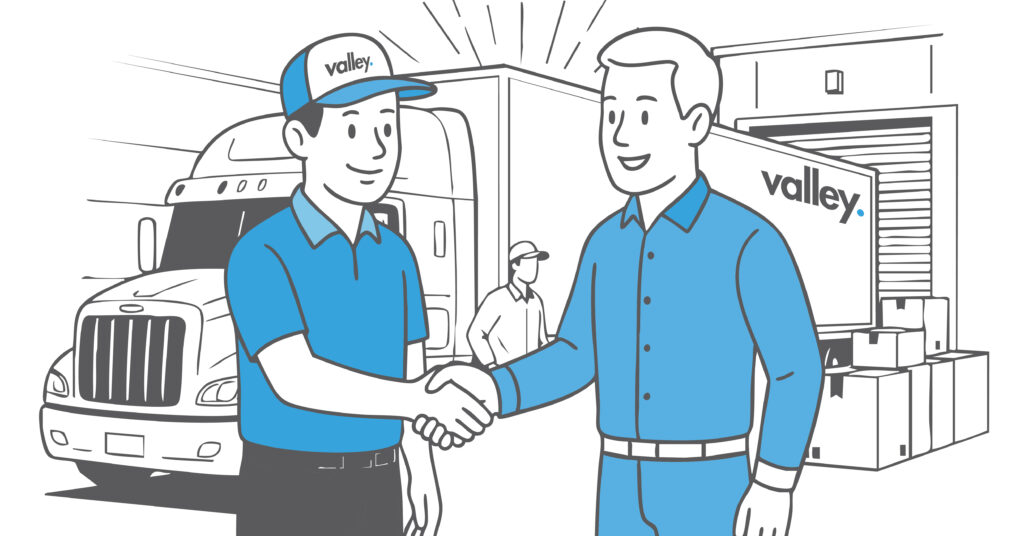Winning on Service in Logistics: Client Experience That Lasts

In today’s logistics market, it is easy to think that the quickest way to win business is by lowering rates. But price alone rarely builds loyalty. Long-term success comes from consistency, responsiveness, and reliability. The fleets that win are those that focus on service, not discounts.
Quick Answer
Winning on service in logistics means going beyond pricing. Fleets that communicate clearly, deliver reliably, and solve issues fast keep customers longer, even when competitors offer lower rates. The key is building trust mile after mile.
Service Over Discounts: A California Example
A California logistics company faced intense competition but refused to enter a price war. Instead, they made service their strategy. They implemented:
- Proactive updates at every delivery stage
- Real-time shipment tracking for transparency
- Fast and decisive problem resolution
The results were clear. Customer satisfaction rose, renewals increased, and rates stayed stable while others struggled. Reliability became their competitive edge.
According to Forbes, businesses that prioritize experience over pricing build stronger, more profitable client relationships.
Why Reliable Service Reduces Risk
Outstanding service does more than create happy customers. It reduces operational risk. Clear updates prevent confusion, proactive communication avoids disputes, and predictable delivery performance prevents claims.
As Transport Topics reports, fleets that maintain steady service quality experience fewer delays, lower claim frequency, and stronger insurer relationships. In other words, good service protects both revenue and reputation.
Fleets that embed reliability into daily operations gain two lasting advantages: loyal clients and fewer costly disruptions.
What Strong Service Looks Like in Practice
Proactive Status Updates
Notify customers before they have to ask. Provide updates at pickup, in transit, and upon delivery.
One Accountable Contact
Assign a single point of contact for each client. That person should have the authority to make decisions and resolve problems fast.
Clear Service Recovery Steps
When issues happen, act quickly. Acknowledge the problem, explain the solution, confirm when it is fixed, and document the cause.
Real-Time Visibility
Offer live tracking with summary emails for clients who prefer simple updates. Transparency prevents surprises and builds confidence.
Post-Delivery Reviews
Hold short monthly or quarterly reviews covering on-time rate, claims, and exceptions. Discuss improvements and next steps.
Customer Feedback Loops
Collect feedback after key milestones and apply it to improve routes, packaging, and response times.
Tiered Service Levels
Set service-level agreements (SLAs) that match account complexity. Define clear response and resolution times.
These habits turn service into a measurable advantage that protects both relationships and profit margins.
Turning Service Into a Growth Strategy
Exceptional service attracts customers. But consistency is what keeps them. Fleets that integrate customer experience into their culture build trust and stability in a volatile market.
A Sanguine study found that companies retaining just five percent more clients can increase profits by up to 25 percent. In logistics, where contracts often renew annually, that margin makes all the difference.
When fleets provide dependable, transparent, and proactive service, they turn customers into long-term partners.
FAQs
Why is service more valuable than price in logistics?
- Because reliability creates trust and long-term revenue, while discounts only offer short-term wins.
How does strong service reduce risk?
- Clear communication prevents errors, late deliveries, and claim disputes, lowering operational costs.
Can small fleets compete on service?
- Yes. Personalized communication and responsiveness often beat larger competitors with lower prices.
What tools improve client experience?
- Real-time tracking, digital updates, and post-delivery feedback systems strengthen relationships.
How do you measure service success?
- Track customer satisfaction, on-time delivery rate, claim frequency, and renewal percentage.
Final Thoughts
Winning in logistics has never been about being the cheapest. It is about being dependable, transparent, and proactive. Fleets that invest in service build stronger relationships, reduce risk, and keep customers longer.
Every delivery is an opportunity to prove reliability. Fleets that deliver consistent, high-quality service create loyal clients who stay, even when others compete on price.
